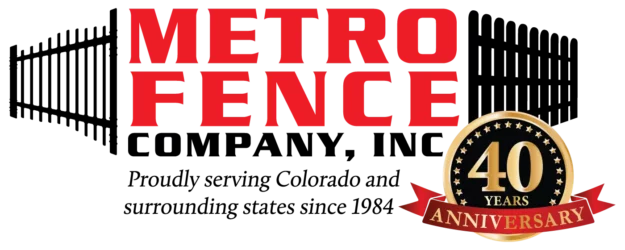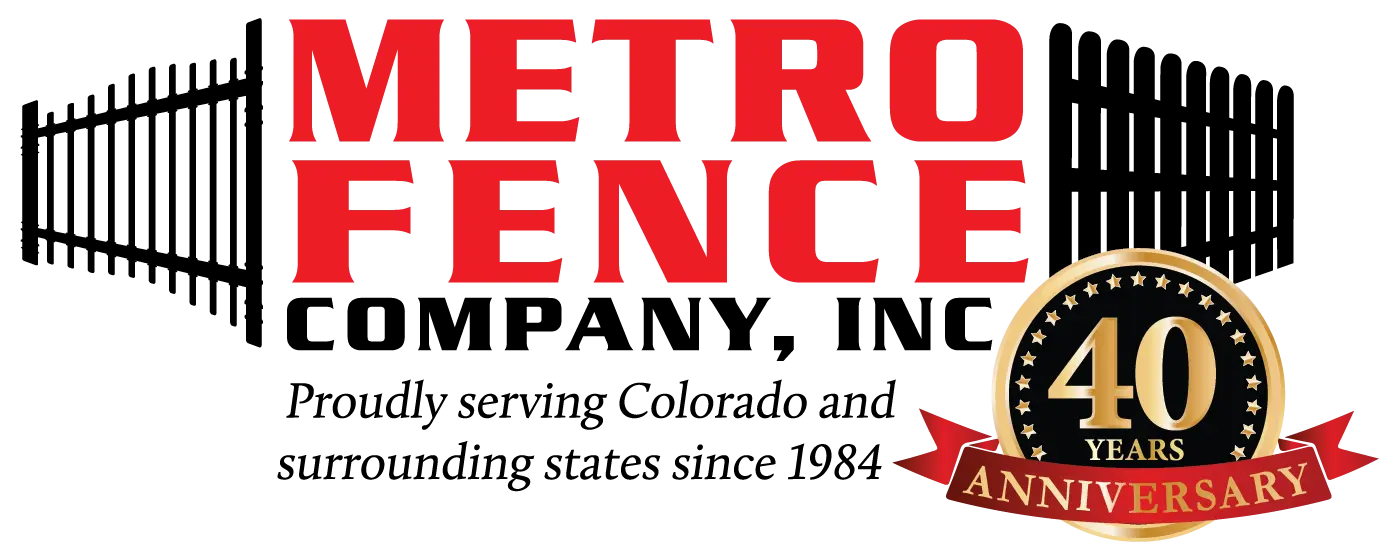In case you need to install a fence around your home, Metro Fence Company in Arvada offers a wide range of fencing products to choose from. Wood is one of the most commonly used types of materials, with cedar being on top of most people’s choices.

First of all, cedar is long-lasting and beautiful. Secondly, it can naturally resist both insects and outside conditions. However, it is highly recommended for the posts to be built out of concrete. Cedar fencing can be done by mostly anyone, depending on one’s unique tastes, needs and on the general style of your property.
Vinyl fences can be another great idea, because they are very easy to maintain and install, while also looking nice. Despite the fact that this type of fence needs to be rinsed regularly, it does not get deteriorated very easily, as it does not rot, rust or get damaged by insects or other pests. At the same time, vinyl fences can be made to mimic the texture and general looks of a wood fence.
Aluminum fences can be another good option for your home. They can come in several different styles, color or sizes. Chain link fences are amazingly durable, which makes them another good choice for many homeowners.






